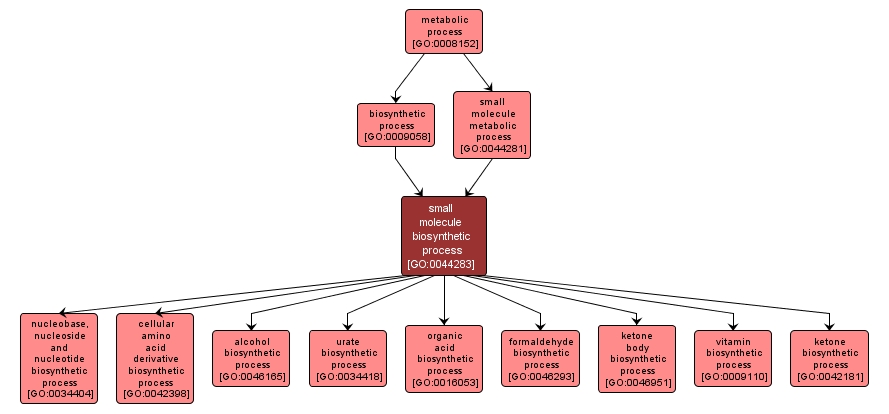GO TERM SUMMARY
|
| Name: |
small molecule biosynthetic process |
| Acc: |
GO:0044283 |
| Aspect: |
Biological Process |
| Desc: |
The chemical reactions and pathways resulting in the formation of small molecules, any monomeric molecule of small relative molecular mass. |
Synonyms:
- small molecule biosynthesis
|
|

|
INTERACTIVE GO GRAPH
|














